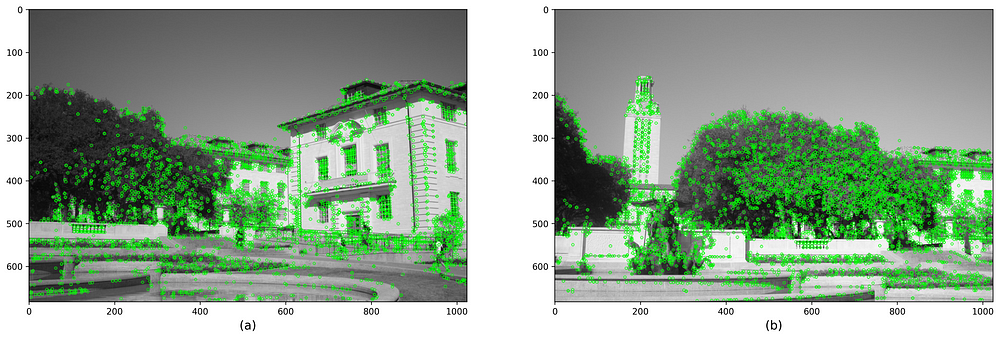

- Panorama stitcher for four images python open cv software#
- Panorama stitcher for four images python open cv code#
- Panorama stitcher for four images python open cv free#

Panorama stitcher for four images python open cv code#
Note: You might need to use shgrid and vectorized code to speed up the computation. Note that \(x\) is the column number and \(y\) is the row number in numpy.

\(x_c\) and \(y_c\) are the image center coordinates. The original image coordinates are \((x, y)\) and the transformed image coordinates (in cylindrical coordinates) are \((x' ,y')\).
Panorama stitcher for four images python open cv free#
In the above equations, \(f\) is the focal length of the lens in pixels (feel free to experiment with values, generally values range from 100 to 500, however this totally depends on the camera and can lie outside this range). To find particular strong corners that are spread across the image, first we need to find \(N_\text+y_c You can visualize the output using a surface plot. The output is a matrix of corner scores: the higher the score, the higher the probability of that pixel being a corner. Corners in the image can be detected using cv2.cornerHarris function with the appropriate parameters. The objective of this step is to detect corners such that they are equally distributed across the image in order to avoid weird artifacts in warping. Adaptive Non-Maximal Suppression (or ANMS) 3: Sample image set for panorama stitchingĢ. In ACM Transactions on Graphics (ToG), volume 22, pages 277–286. Graphcut textures: image and video synthesis using graph cuts. Vivek Kwatra, Arno Schödl, Irfan Essa, Greg Turk, and Aaron Bobick. Look into the releases section for the pre-compiled binary raspivid-inatech. Step5: Encode videoĪssemble all stitched JPEG files into a video again and encode it back to H264. Rebuild stitching_detailed with the matrices selected in the previous step as hardcoded transformation, and stitch all the video frames. Only one set of matrices is selected for the next step. Each matching frames of the stream will have different matrices. In case of success, each frame has two matrices: the camera matrix (aka “K”) which encodes the camera characteristics (e.g., focal, aspect ratio), and the rotation matrix (aka “R”) which encodes the camera rotation.Īs explained in the beginning of this article, stitching will assumes a pure rotation, which is not the case in real life. Depending of the feature algorithm (e.g., SURF, ORB, …) and the details visible in the overlapping area of the frames, matching will succeed or not. Run OpenCV stitching_detailed on some matching frames to find transformation matrices. Step2: Align framesĬopy video streams, split video in single JPEG files along with capture timing information in text file (i.e., modified raspivid PTS file).įind the matching frames. Power on, let PTP stabilize (might take a few minutes), start recording on each Raspberry Pi. While recording the video, the network is only used for PTP and no other communication is made.
Panorama stitcher for four images python open cv software#
Even though the Raspberry Pi Ethernet lacks the dedicated hardware for high accuracy PTP clocks ( hardware timestamping), it still often achieves a clock synchronization well under 1ms using PTP in software mode. The software PLL changes the camera framerate at runtime to align frame capture time on the Linux system clock.Īll eight system clocks are synchronized over Ethernet using PTP (which stands for Precision Time Protocol).


 0 kommentar(er)
0 kommentar(er)
